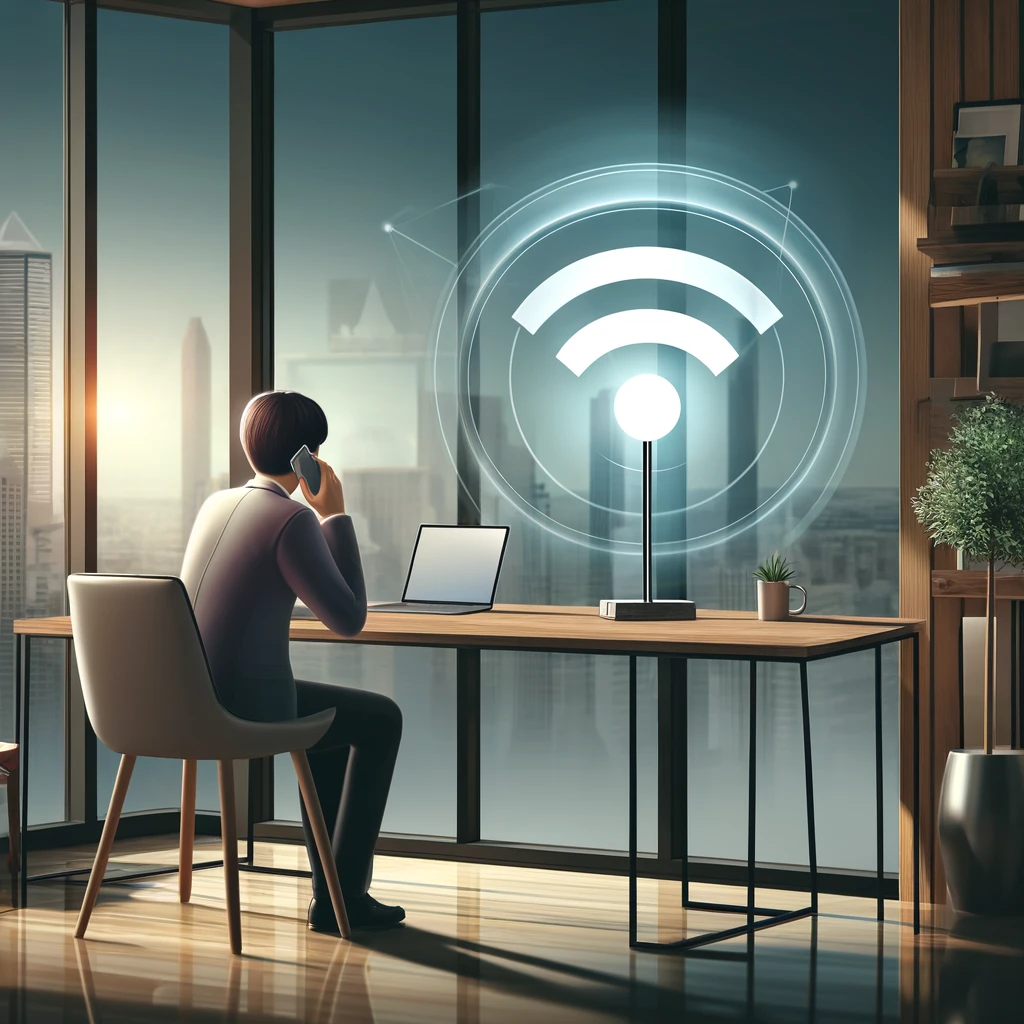
WiFi calling is a technology that allows users to make and receive phone calls over a wireless internet connection instead of using the traditional cellular network. This feature is especially beneficial in areas where cellular coverage is weak or nonexistent. By utilizing a WiFi network, calls can be made or received wherever a reliable WiFi connection is available, enhancing connectivity and communication options for users.
One of the primary advantages of WiFi calling is its ability to provide service in areas where cellular signals are poor. Buildings with thick walls, rural areas, or underground locations often have limited cellular connectivity, making it challenging to maintain consistent communication. WiFi calling circumvents this issue by leveraging internet connectivity, ensuring that users remain connected even in areas where cellular reception is compromised.
The integration of WiFi calling into modern smartphones has significantly streamlined its usage. Users can enable this feature in their phone’s settings, allowing the device to automatically switch to WiFi calling when the cellular signal is weak or unavailable. This seamless transition ensures that communication remains uninterrupted, without the need for the user to manually switch between different modes of calling.
Another benefit of WiFi calling is its cost-effectiveness. For individuals traveling abroad, roaming charges for voice calls can be exorbitant. WiFi calling, in many cases, does not incur additional fees, allowing users to make international calls at reduced rates or even for free, depending on their service plan. This can lead to substantial savings, particularly for frequent travelers or those who need to maintain communication across borders.
However, WiFi calling is not without its challenges. The quality of the call is heavily dependent on the strength and stability of the WiFi connection. A weak or unstable WiFi network can lead to poor call quality, including dropped calls, delays, and audio issues. Therefore, a robust and reliable WiFi connection is crucial for optimal use of WiFi calling.
Despite these challenges, the adoption of WiFi calling is on the rise, driven by its numerous advantages and the growing availability of WiFi networks globally. Telecommunication providers and smartphone manufacturers continue to enhance the technology, improving its reliability and integrating advanced features to enrich the user experience.
In the realm of emergency services, WiFi calling has introduced a significant advancement. In some regions, users can make emergency calls via WiFi, providing critical connectivity in situations where cellular networks are unavailable. This feature can be lifesaving, offering a vital communication link during emergencies.
WiFi calling represents a pivotal shift in telecommunications, offering a versatile and cost-effective alternative to traditional cellular calling. Its ability to provide connectivity in areas with poor cellular coverage, combined with the convenience of seamless integration into smartphones, has made it a popular choice among users. As technology evolves and internet access becomes increasingly ubiquitous, WiFi calling is set to become an even more integral part of our communication landscape, offering enhanced connectivity options for users around the globe.